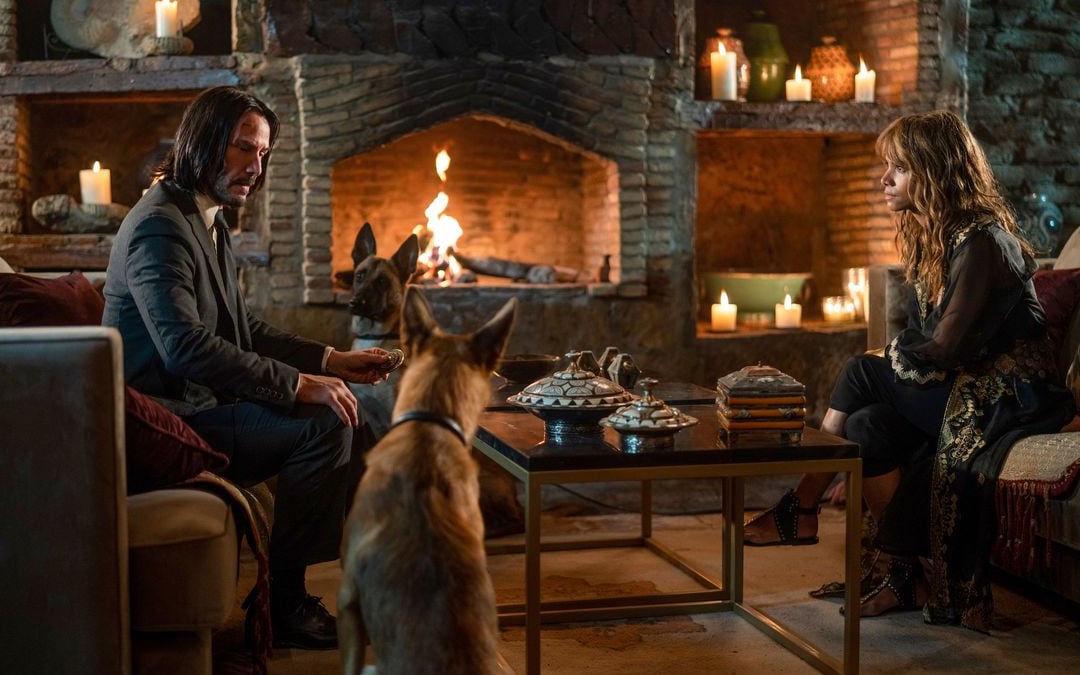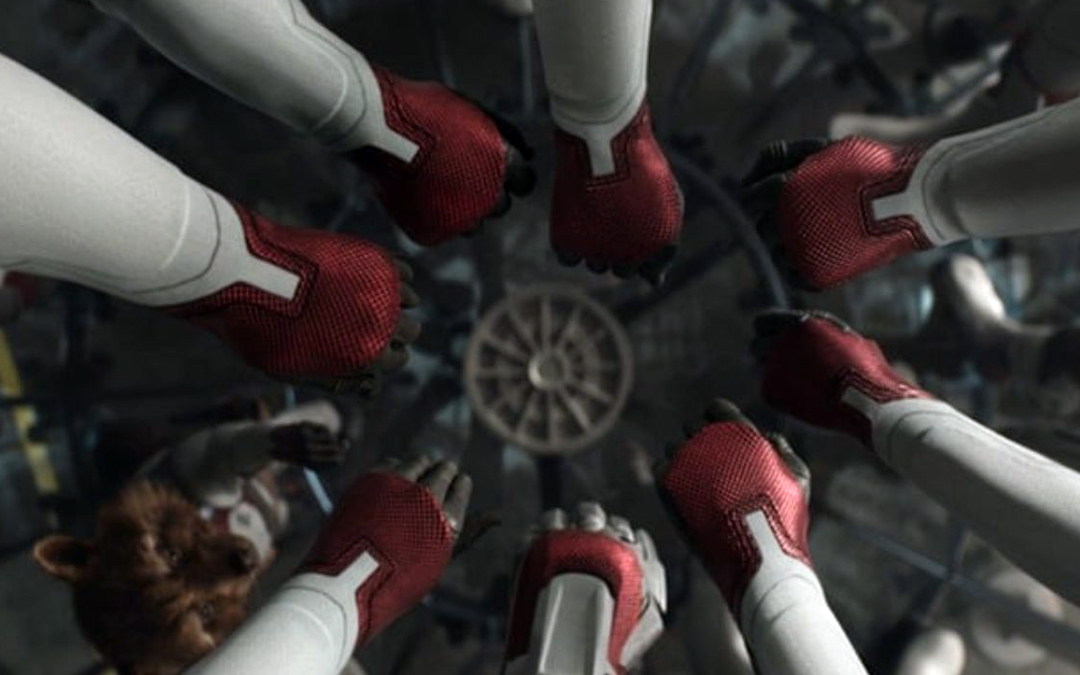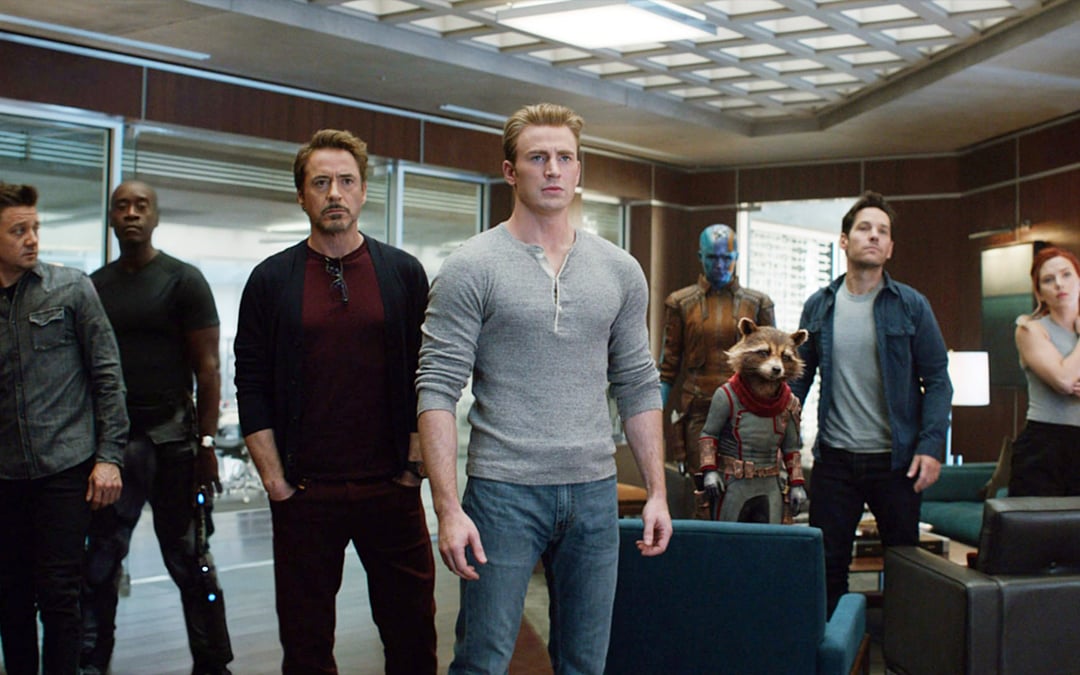When Sagas End Well
July 24, 2019
Endings are difficult at the best of times, but even more so when you’re culminating an epic saga.
With the proliferation of franchises and shared universes giving rise to more and more epic cinematic stories, we’re gonna take a look at five examples of multi-film sagas that went out on a storytelling high; examining where they went right and attempting to discern some lessons for tackling the conclusions of such giant narratives.
Avengers: Endgame (2019)
Yes, there will be many more Marvel movies to come (there already has been one, in the form of Spider-Man: Far From Home) but in all the pertinent ways, Avengers: Endgame was an ending to a 22-film saga. And it lived up to that on multiple levels. Rarely has hard-earned character goodwill been better deployed than in the final sections of Endgame.
Without getting into specifics, it navigated the modern perils of multi-film actor contracts with class and genuine surprise, honoring everything that fans had come to love about the characters in question.
But even more, it highlighted the benefits of confident future-planning; Marvel is leading the charge on the shared universe front, but few of the imitators follow their lead of judicious seed-planting. Although every individual film works on its own merits, the confidence shown by how plot threads are planted well in advance speaks to the storytellers being very much in command of their story.
A story the magnitude of the one being told in Avengers: Endgame should've been impossible to culminate, but all parties involved managed to do just that by allowing themselves to be carried forward by the solid character foundations they had laid.
War for the Planet of the Apes (2017)
The original Planet of the Apes film series stands as one of the first genre franchises in the modern sense. The films got increasingly loopy as they went on, and although nobody would call them boring, few would cite the fifth and final film, 1973’s Battle for the Planet of the Apes, as the highlight of the series.
The new Planet of the Apes franchise was able to shake off the stink of Tim Burton’s ill-thought-out 2001 reboot to present a much more linear and satisfying saga that came to a pretty spectacular conclusion with the third and final film, War for the Planet of the Apes.
You firstly have to credit the studio for having the restraint to end the saga at three films when the trend is to assemble a writers room and plan out the next dozen or so entries in any valuable intellectual property. That the new Apes franchise was allowed to end at all is worth celebrating.
Like its two predecessors, the culmination of the modern Apes series brought in elements of the original franchise; but just as the new films featured huge advances in special effects, this film utilized these story elements with more narrative sophistication, ending the franchise with thematic consistency and having followed one character (Chimpanzee Caesar) throughout all three movies.
The Lord of the Rings: The Return of the King (2003)
Peter Jackson’s game-changing Lord of the Rings saga comprises three films shot at the same time, albeit with extensive pick-ups.
The protracted denouement that ended The Return of the King became an instant punchline upon the movie’s release, but over time it has come to stand as a bastion of a thoughtful, considerate way to exit the world Jackson had created. It’s an ending that many modern sagas could learn a thing or two from.
Although Jackson and co-writers Philippa Boyens, Fran Walsh and Stephen Sinclair were working from J.R.R. Tolkien’s iconic novel, many impactful adaptation decisions had to be made in translating the sprawling saga to the screen, and some of the biggest changes came at the end.
Most famously, Jackson and company excised the post-Mordor scouring of the Shire by a disguised Saruman, a bummer of a postscript in the book that brought the war home. It was a successful call that allowed the saga to go out in more traditionally cinematic terms.
The protracted nature of the third film’s ending was entirely earned by the storytelling confidence shown in the opening moments of the first film, and aligned with the notion that it was all really just one big 10-hour movie. Jackson and company deserve credit for streamlining such a gargantuan narrative without sacrificing its epic scope.
Back to the Future Part III (1990)
Something of a precursor to what Peter Jackson did with Lord of the Rings, Robert Zemeckis shot parts two and three of the Back to the Future saga… back to back. The knowledge of where the story was headed allowed Zemeckis and co-writer Bob Gale to build up to a spectacular climax with clocklike precision.
That forward knowledge (and planning) informs how beautifully the (mostly) Western-set third film is able to sew up multiple narrative and thematic threads.
In the second film, Gale and Zemeckis calcified certain character traits in the protagonist that paid off in the finale of the third film, then gave audiences just enough of a post-climax epilogue to allow for narrative exhalation.
The film goes out on a doozy of a teaser. Again, we should be thankful they never followed up on that, as it allows Back to the Future Part III to stand as one of the most satisfying trilogy-enders in cinematic history.
Return of the Jedi (1983)
Yes, they made sequels to Return of the Jedi, an entire trilogy that is currently playing out on the big screen. But for 32 years, this film stood as the grand culmination to the greatest saga the movies had ever seen.
Originally titled Revenge of the Jedi, George Lucas’ decision to change it to a softer title defined the criticism that met the film upon its release; detractors said it was more about family-friendly merchandising than storytelling. But just like with Return of the King, time and the failure of legions of imitators has brought about more of a consensus over how deftly and grandly Return of the Jedi stands as an ending.
The arc of the protagonist comes to a head both physically and emotionally, giving the audiences’ collective investment in Luke Skywalker’s journey a huge payoff. Not many trilogies can argue that.
By the time they made the second film, Lucas knew there would in all likelihood be a third, so as with Back to the Future, he was able to plant thematic seeds in 1980’s The Empire Strikes Back that would pay off well in Jedi. It speaks to how much sagas benefit from knowing where they’re going, which is perhaps the most salient narrative takeaway from all five examples cited here.
Written by: Dominic Corry
Dominic Corry is a Los Angeles-based film critic, writer, journalist and broadcaster. Raised in New Zealand, he is also the West Coast editor of Letterboxd, the social network for movie lovers. For more of his film writing, see his website www.TheGoodInMovies.com- Topics:
- Discussing TV & Film




